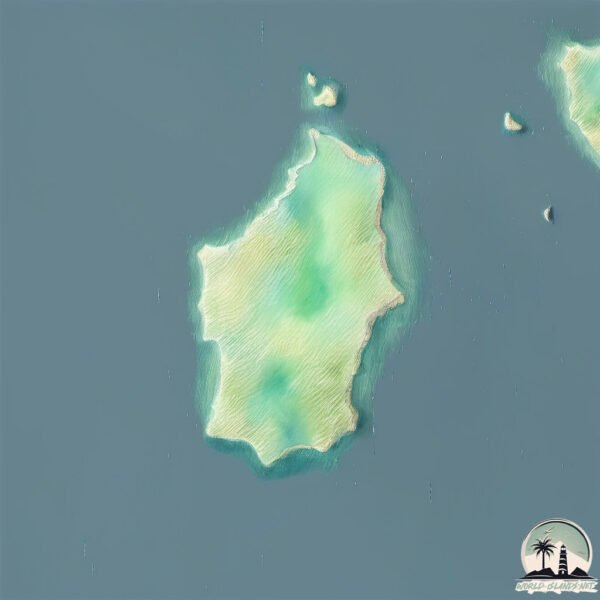Wardang

Welcome to Wardang, a Dry island in the Great Australian Bight, part of the majestic Indian Ocean. This guide offers a comprehensive overview of what makes Wardang unique – from its geography and climate to its population, infrastructure, and beyond. Dive into the details:
- Geography and Size: Explore the island’s size and location.
- Climate and Weather: Weather patterns and temperature.
- Topography and Nature: Uncover the natural wonders of the island.
- Infrastructure and Travelling: Insights on reaching, staying, and making the most of your visit.
- News and Headlines: Latest News.
Geography and size of Wardang
Size: 19.2 km²
Coastline: 27 km
Ocean: Indian Ocean
Sea: Great Australian Bight
Continent: Oceania
Wardang is a Medium Island spanning 19 km² with a coastline of 27 km.
Archipel: –
Tectonic Plate: Australia – A major tectonic plate covering Australia, New Zealand, and parts of the Indian and Pacific Oceans, known for its relative stability and occasional seismic activity.
The geographic heart of the island is pinpointed at these coordinates:
Latitude: -34.49907223 / Longitude: 137.35833924
Climate and weather of Wardang
Climate Zone: Dry
Climate Details: Cold Semi-Arid (Steppe) Climate
Temperature: Cold
Climate Characteristics: Characterized by hot summers and cold winters, this climate is typically found on the edges of continental zones. It receives sufficient precipitation to avoid desert conditions.
Topography and nature of Wardang
Timezone: UTC+09:30
Timezone places: Australia/Adelaide
Max. Elevation: 27 m
Mean Elevation: 10 m
Vegetation: Cultivated Land
Tree Coverage: 20%
The mean elevation is 10 m. The highest elevation on the island reaches approximately 27 meters above sea level. The island is characterized by Plains: Flat, low-lying lands characterized by a maximum elevation of up to 200 meters. On islands, plains are typically coastal lowlands or central flat areas.
Dominating Vegetation: Cultivated Land
Areas dedicated to agricultural activities, growing crops like grains, vegetables, and fruits. These lands are usually human-modified landscapes. Wardang has a tree cover of 20 %.
Vegetation: 6 vegetation zones – Very Highly Diverse Island
Islands in this range are ecological powerhouses, showcasing a wide array of vegetation zones. Each zone, from lush rainforests to arid scrublands, coastal mangroves to mountainous regions, contributes to a complex and interdependent ecosystem. These islands are often hotspots of biodiversity, supporting numerous species and intricate ecological processes.
Infrastructure and Travelling to Wardang
Does the island have a public airport? no.
There is no public and scheduled airport on Wardang. The nearest airport is Kingscote Airport, located 132 km away.
Does the island have a major port? no.
There are no major ports on Wardang. The closest major port is ARDROSSAN, approximately 60 km away.
The mean population of Wardang is 1 per km². Wardang is Uninhabited. The island belongs to Australia.
Continuing your journey, Thistle is the next notable island, situated merely km away.
Australia is classified as Developed region: nonG7: Developed economies outside of the Group of Seven, characterized by high income and advanced economic structures. The level of income is High income: OECD.
News – Latest Updates and Headlines from Wardang
Stay informed with the most recent news and important headlines from Wardang. Here’s a roundup of the latest developments.
Please note: The data used here has been primarily extracted from satellite readings. Deviations from exact values may occur, particularly regarding the height of elevations and population density. Land area and coastline measurements refer to average values at mean high tide.
